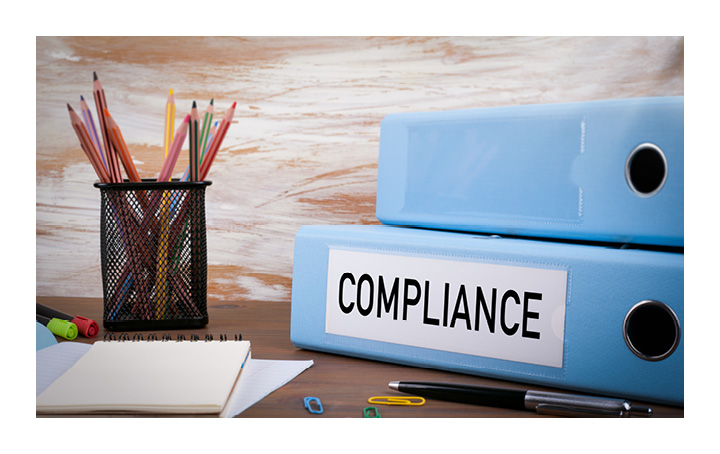

[column width=”1/1″ last=”true” title=”” title_type=”single” animation=”none” implicit=”true”]
Taxpayers who claim deductions for work-related clothing and laundry expenses may find themselves under the ATO’s microscope this tax time. Even if your claim is relatively small, penalties can apply for incorrect claims. Find out what categories are allowed and what records you need to keep.
If your work-related clothing falls into one of the following three categories, you can claim the purchase cost and the costs of laundering that clothing:
1. Uniforms. To qualify, your uniform must be both unique (designed only for your employer) and distinctive (including your employer’s logo and not available to the public). This means you can’t make claims for non-branded uniforms. And if your uniform is compulsory, you may also be able to claim shoes, socks and stockings provided they’re an essential part of the uniform. Non-compulsory uniforms have much tighter rules.
2. Occupation-specific clothing. This is clothing that is unique to your occupation, is not “everyday” in nature and allows the public to identify your occupation, such as a chef’s checked trousers or a barrister’s robes. In contrast, a bartender’s black trousers or a swimming instructor’s swimwear wouldn’t be allowable.
3. Protective clothing. To be eligible, the clothing must offer a sufficient level of protection against injury or illness in your work setting. Typical examples include high-visibility clothing, steel-capped boots, non-slip shoes, smocks/aprons and fire-resistant clothing.
The ATO is particularly concerned that many taxpayers incorrectly claim for ordinary clothing, like suits or black work trousers, or formal clothes to wear to work functions.
For total clothing and laundry claims of up to $150, you aren’t required to keep detailed records. However, the ATO stresses that taxpayers aren’t “automatically” entitled to a $150 deduction – you must have actually incurred the expenses you claim. The ATO can still ask you to substantiate your claim, and can contact your employer to verify its clothing requirements.
If your total claim is under $150, you can calculate your laundry claim using a $1 per load rate where all the clothing is work-related, and 50 cents per load where other clothes are in the load.
If your total claim for clothing and laundry exceeds $150 (and your total claim for work-related expenses exceeds $300), you’ll need to keep receipts. To prove your laundry costs, you’ll need to keep a diary for a representative one-month period.
Talk to us for expert assistance with all of your work-related expense claims. We’ll help you claim everything you’re entitled to, while keeping the ATO happy.
[/column]